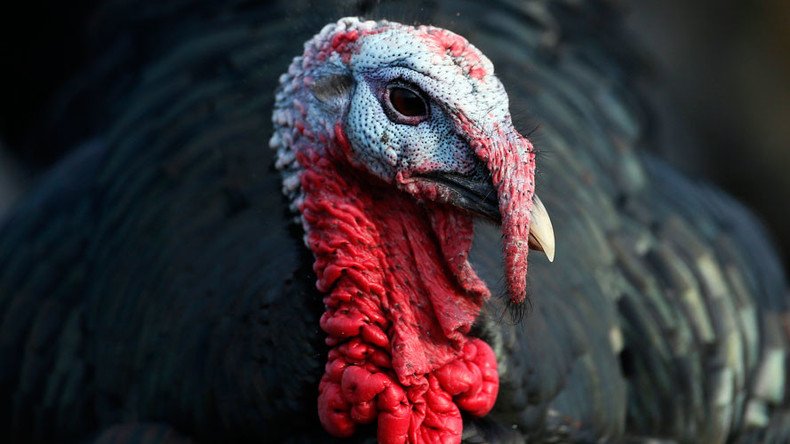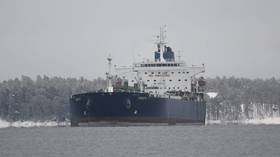Beast most fowl: Ancient flying turkey was ‘as big as a kangaroo’

A giant species of flying turkey, thought to be around the size of a kangaroo, once roamed the wilds of Australia, according to a new study.
Scientists at Flinders University in Adelaide compared fossils found in Queensland, New South Wales, South Australia and Western Australia, and identified five different types of the previously unknown bird dating back to the Pleistocene period.
“These discoveries are quite remarkable because they tell us that more than half of Australia’s megapodes went extinct during the Pleistocene, and we didn’t even release it until now,” Flinders researcher Elen Shute told the university website.
“Given several of the largest birds to have lived in Australia in recent times have escaped detection in the fossil record until now, our research shows how little we know of Australia’s immediate pre-human avifauna.”
Giant 8kg flying turkeys once roamed Australia. https://t.co/U6ZtlSUNvf
— Flinders University (@Flinders) June 14, 2017
One of the creatures, dubbed ‘Progura gallinacea’, was as tall as a grey kangaroo, which can grow to over six feet in height.
The ferocious fowl is said to have weighed up to 8kg (18lbs) and it is a distant relative of the dark brush turkeys common to scrub land in New South Wales. Strong wing bones suggest they creature could fly, and probably nested in trees
‘Progura gallinacea’ would have roamed parts of the Australian continent during the Pleistocene era, which ended around 11,700 years ago.
READ MORE: Rare frog’s ‘exposed heart’ makes scientists skip a beat (VIDEO)
The assessment of the turkey bones has changed the thinking of scientists who have admitted that the discoveries suggest that much of pre-inhabited Australia remains as mystery.













